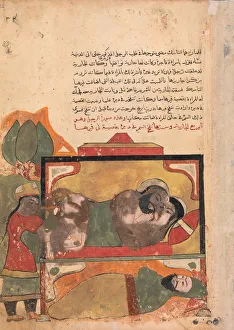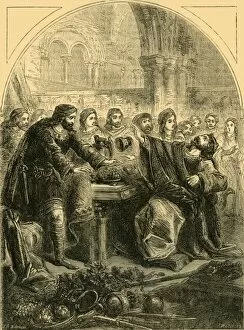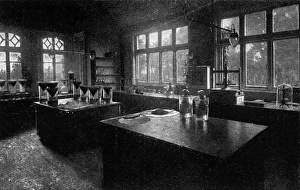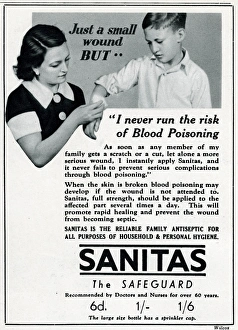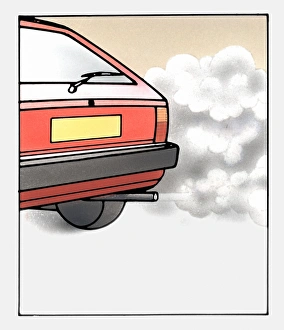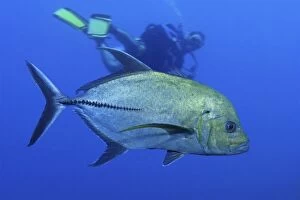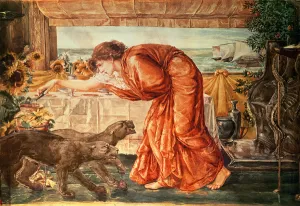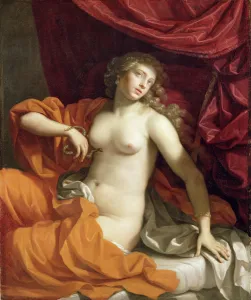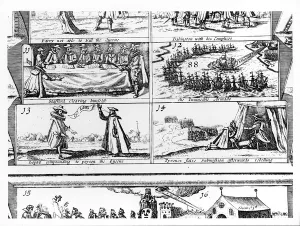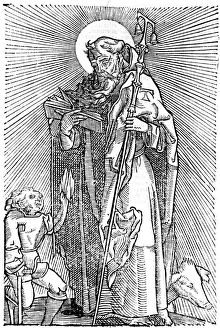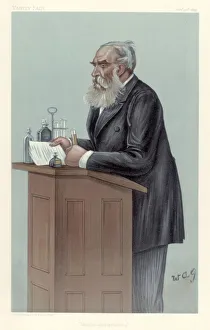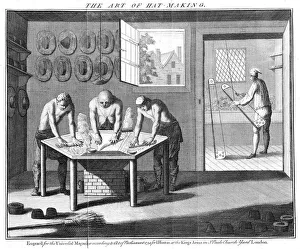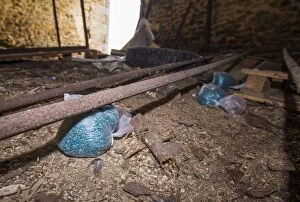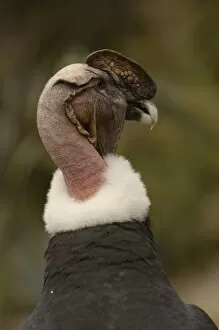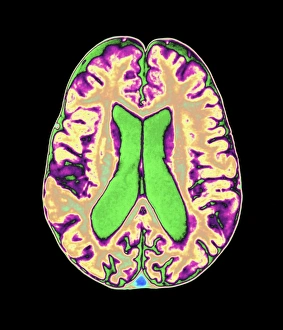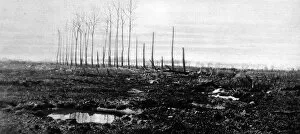Poisoning Collection (page 6)
"Unveiling the Dark Side: Exploring the Sinister World of Poisoning" Step into a realm where danger lurks in every corner
All Professionally Made to Order for Quick Shipping
"Unveiling the Dark Side: Exploring the Sinister World of Poisoning" Step into a realm where danger lurks in every corner, as we delve into the captivating world of poisoning. Picture No. 11676343 sets the stage with an intriguing display of EDTA crystals under a light micrograph, showcasing their deadly potential. Intriguingly, even centuries ago, societies grappled with reviving those seemingly lifeless due to poisoning. The Royal Humane Society's directions from May 1872, depicted in an engraving, offer a glimpse into their valiant efforts to restore victims back to life. Coloured MRI scans reveal the haunting aftermath of organophosphate brain damage caused by toxic substances. These images serve as a stark reminder of the devastating consequences that poison can inflict on our bodies. Amidst this darkness, advertisements like Yadil lure us towards forbidden knowledge and dangerous temptations. Sir William Gull's presence adds an air of mystery and intrigue as he navigates through this treacherous landscape. Cartoons such as "Poisoning by Food Adulteration" shed light on societal concerns surrounding tainted food and its impact on unsuspecting consumers throughout history. Etchings like "The Rat Stinker" transport us back to 1632 when vermin were used for nefarious purposes. Artistic depictions also capture moments steeped in poison-infused tales from antiquity; Medea's vengeful act against Jason and Creuse or St Benedict succumbing to poisoned wine evoke both fascination and dread. Even renowned figures fall victim to these lethal concoctions - Kitty Fisher transformed into Cleopatra showcases how even beauty can be marred by poisonous allurements. Engravings from "La nature et l'homme" vividly portray characteristic symptoms of mercury poisoning – hair loss, conjunctivitis, erythema – reminding us that poisons leave indelible marks on our bodies.


